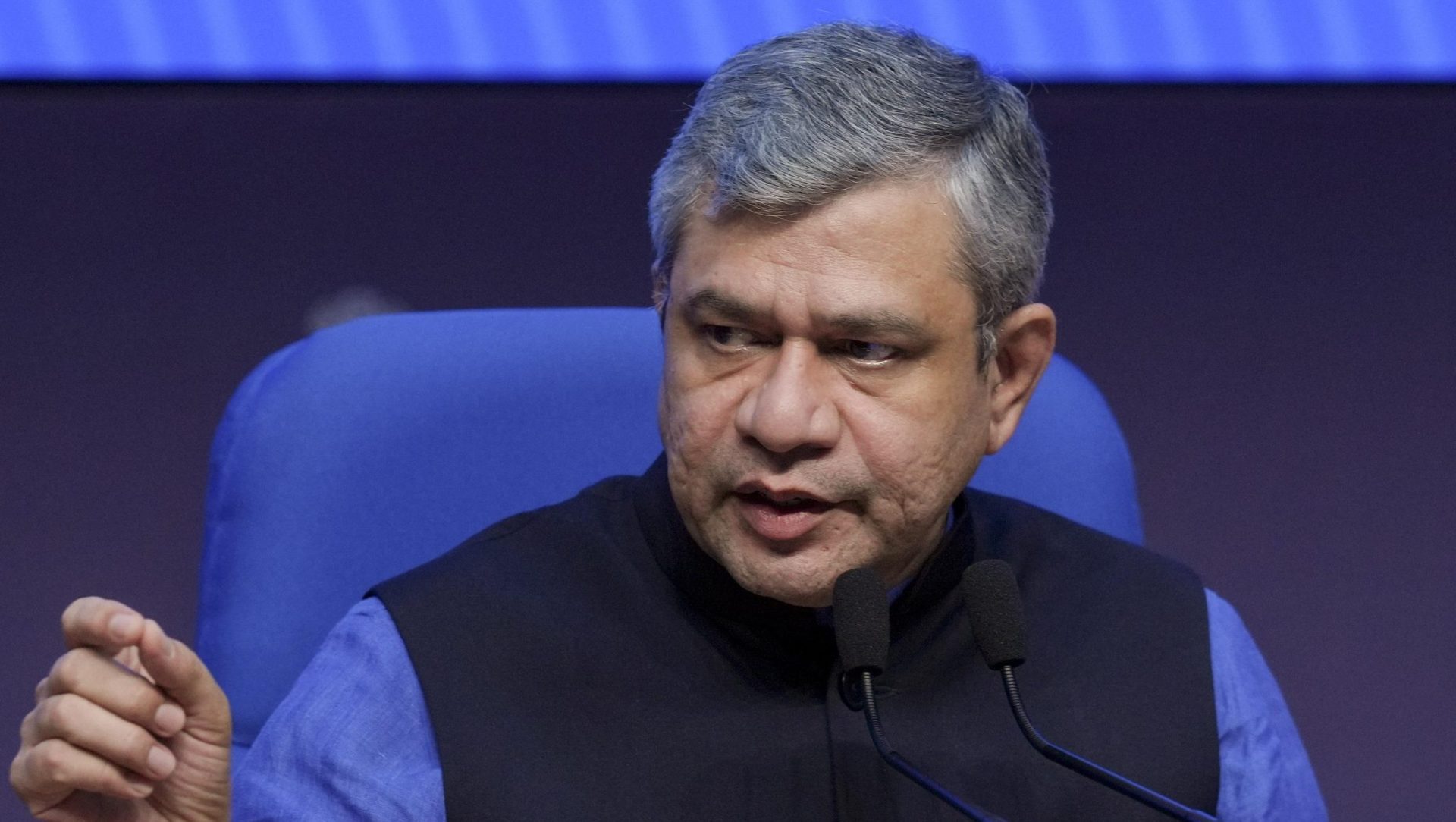Union Electronics and IT Minister Ashwini Vaishnaw has said that India is making rapid strides in the semiconductor sector and is on track to be among the world’s top five chip‑making nations by 2032.
In a recent interaction, Vaishnaw mentioned that SEMICON India 2025 would be an important event to gain global partnerships, attract investments, and showcase India’s growing semiconductor ecosystem. He added, “With policy support and industry collaboration, our aim is to turn India into the semiconductor hub of the world.”
Recalling the chip making vision of the government, Vaishnaw talked about achievements in chip design, advanced packaging, and talent development. Regarding this, he mentioned that the first commercially available semiconductor chip made in India would be released soon.
The India Semiconductor Mission has allocated $10 billion for its first phase. This funding incorporates a plethora of initiatives such as manufacturing incentives, display fabrication units, compound semiconductors, design linked schemes, and research driven collaborations.
An end to end semiconductor ecosystem approach is being adopted encompassing chip design, equipment, materials and manufacturing so that India is fully plugged into the global semiconductor value chain. This approach is expected to lay a strong foundation for sustained industry growth.
Regarding the talent, 270 universities and 70 startups have been provided with advanced semiconductor design tools. Students have already designed 20 chipsets, several of which have been sent for fabrication, showcasing the country’s growing design capabilities.
With six semiconductor production facilities currently authorized or in development nationwide, manufacturing momentum is increasing in the meantime. In order to increase domestic output and lessen dependency on imports, these facilities are expected to be essential.
He emphasised India’s competitive advantage as policy support, engineering talent, and industry collaboration. The country’s electronics exports have already crossed $40 billion, which is an eightfold increase over the last 11 years.
Vaishnaw stressed the Indian Electronics System Design and Manufacturing (ESDM) industry’s strengths because of the semiconductor companies’ policy support and the robust engineering talent base. The ecosystem is getting more robust with several global semiconductor companies starting large R&D and design centres in India.
As India gears up to host SEMICON India 2025, it is expected that the semiconductor industry officials and the policy makers will come up with a roadmap that will expedite the journey of India to become semiconductors self-reliant and also strengthen the role in global supply chain.
By 2032, if present trends continue, India may rank among the world’s top five semiconductor powers, revolutionizing the country’s electronics manufacturing sector and making a substantial contribution to economic growth.






